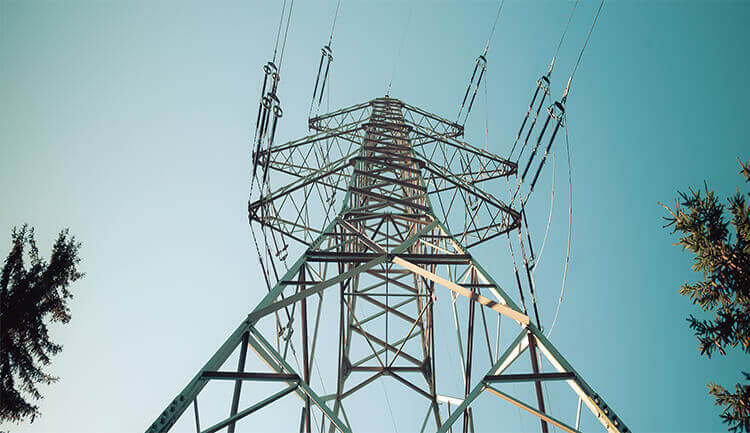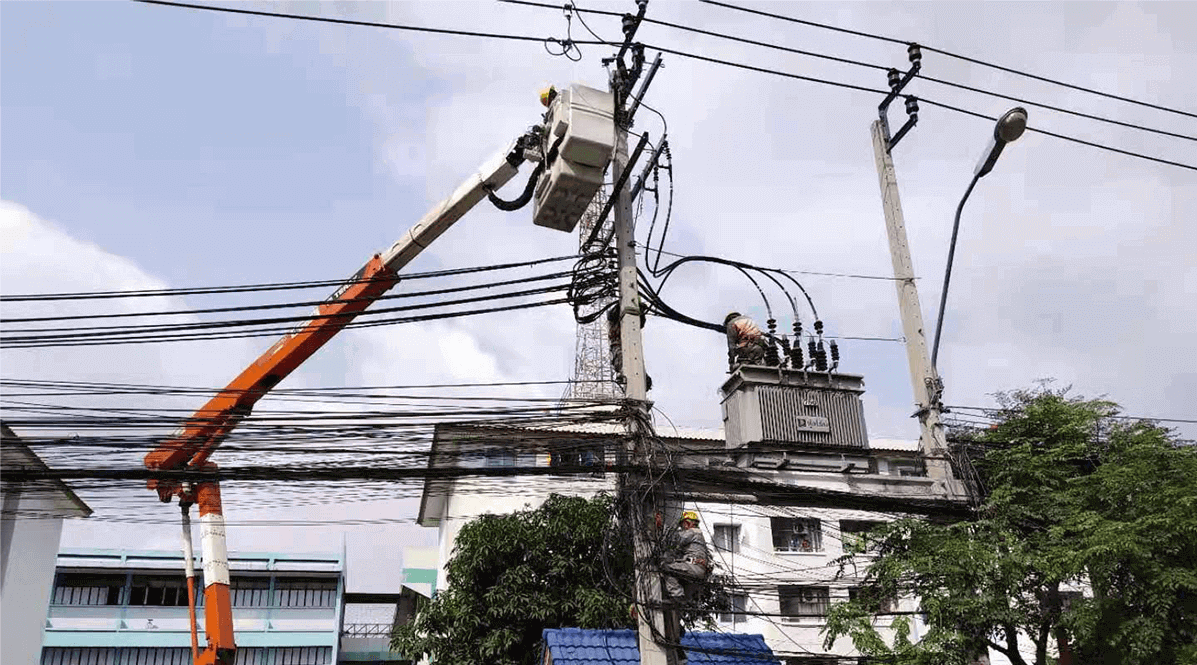



 >Applications>Earth resistance test
>Applications>Earth resistance test
An Earth Fault is an Open Circuit fault where any live conductor or power-carrying cable breaks and gets into contact with the earth's surface. In other words, it is a situation where the current-carrying conductor comes directly in contact with the earth's surface.
When an earth fault occurs, the electrical system gets short-circuited, and the short-circuited current flows through the system to the earth's surface. The fault current returns through the earth or any electrical equipment, interrupting the continuity of the supply and damage to the equipment. A large amount of current flowing to the earth causes the voltage to drop which can affect the other loads and may cause the burning of the phase or line. It may also cause an electric shock to the user, which might be fatal to one's life.
The Earth's faults are hazardous and hence need proper earthing to prevent fault currents from entering into anybody or metallic objects. The purpose of earthing is to minimize the effect of transient voltage that occurred due to a strike of lightning.
The resistance offered by the earth electrode to the flow of current into the ground is known as the earth resistance or resistance to earth. Earth resistance mainly implies the resistance between the electrode and the point of zero potential. Numerically, it is equal to the ratio of the potential of the earth electrode to the current dissipated by it. The resistance between the earthing plate and the ground is measured by the potential fall method.
Ideally, the ground should be of zero ohms resistance. NFPA and IEEE have recommended a ground resistance value of 5.0 ohms or less. According to the NEC, make sure that the system impedance to ground is less than 25 ohms specified in NEC 250.56. In facilities with sensitive equipment, it should be 5.0 ohms or less. The telecommunications industry has often used 5.0 ohms or less as their value for grounding and bonding. The goal of ground resistance is to achieve the lowest ground resistance value possible that makes sense economically and physically.
